You think that to rank high in search results you only need backlinks and content?
If yes, then it is the time to change such horrible thinking.
Google consider more than 200 parameters to rank a page in search results.You may find it super difficult to work on all the ranking factors.
Well, no one can focus on all the factors in every post.
So, what is the best way then?
The best way is to understand what Google want you to do and what not to do.
Link and content publishing will stay important factors but you need to open your mind for more tactics.
Search engines are creating complex algorithms and artificial intelligence to understand the user intent and then give the best results.
The ultimate goal of Google is to provide better search results for better customer satisfaction.To make thing easier for you, think like SEO as an organic global ecosystem.
You understand that in ecosystem each small and large thing plays an important role.
Same applies to SEO.
All the small codes, integration and tweeks can bring a major impact to your website performance.
Even the link building cannot save you if the site is slow. Because no one like to visit the site which take forever to load the content, even if the site has best content.
Need is to follow the best practices.
But!
You have to follow all of them or else you are wasting your time.
It is not easy to make every single person in this world to agree on the best on-site SEO practices.
Yet, I have managed to create a list of most recommended and tested on-site SEO practices.
On-Site SEO factors that Matter the Most
Today, I am sharing the best on-site SEO factors that you must follow when creating or auditing a website.
Content:

Relevant Content for User Intent:

Understanding user internet is the first thing that will help you produce the targeted content.
Satisfying user intent is the job of search engines.
Recently Google ranking shifted more towards neural matching capabilities. Google is doing lot of experiment to understand the behaviors and intent of the user.
In simple words, Google algorithms are working to understand the intent of user searches.
You may have already seen the benefits of long tail queries which describe the user intent in muc h better manner.
Relevant content is the most important ranking factor to satisfy user intent. Because we all love content that solve our problems.
Now the question is how you should optimize your content for use intent.
Here is the answer;Deep Content:
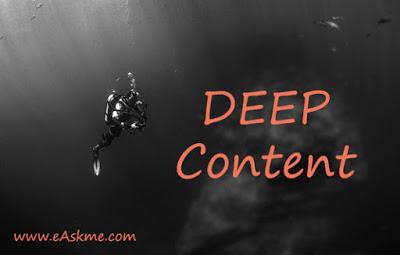
What is Deep content?
Deep content is known as long content or skyscraper technique of writing content.
This type of content addresses multiple user questions related to the similar keywords or topic.
Search engines also prefer lengthy content which give complete answer about the topic. Such type of content is informational for users.
HubSpot case study has stated that content between 2000-2500 words receive more organic traffic as compared to short articles. There are times when you may need to create articles with more than 2500 words.
For example; I have created two guides that are complete and answer most of the questions related to the topic, such as;
Such guides also showcase your knowledge and authority in your niche.
These types of guides are helpful in SEO and also satisfy the need of the user at one place.
These establish you as industry leader.
How to optimize your content for long articles:Organized Content:
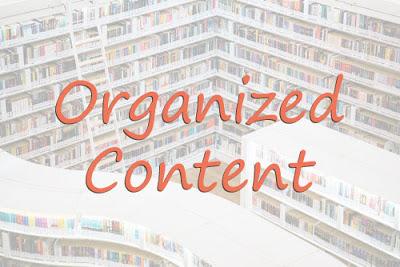
- Intent
- Make the content easy to read for search engine bots and readers.
- Make content scannable
- Pass 5-second rule to load faster.
- How to optimize your tags:
- Use keywords in Title, URL, and page titles
- Use header sections.
User Engagement:

The ultimate goal is to make sure that website can leave an impression in the mind of the visitor as well as search engines.
To improve the website you should ask following questions to yourself;- Is my content engaging?
- Do I enjoy updating my site or not?
- Use engagement is the powerful ranking signal. Though, it is not direct.
- User signals are an influential indication of how popular your site or blog is?
Pages per session:
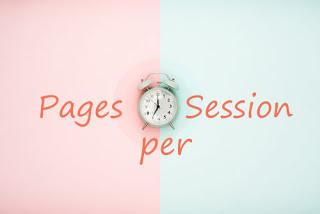
Pages per session is an easy to understand factor. It tells that how many pages a user has visited before going away from your blog or website.
This metric also help you to manage the content scoring sheet.
You can use Google analytics to check the average session.
Page s per session shows if your site if engaging or not. This will help you fix the content related issues and re-plan your content strategy for better conversion rate optimization.
This is also an indicator of how engaging and interactive your articles or blog posts are.
If visitors open multiple articles in a single session that means your content is interactive.
If not, then you need to find ways to make it creative.
How to optimize your content for better pages per session:- Lower bounce rate
- Add call to action
- Interlink the articles and use related post widgets.
Bounce Rate:
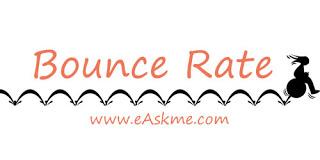
Bounce rate is an easy indicator of how engaging your site is.
Bounce rate also tells the impact of your content on the readers mind.
If bounce rate is high that means your content is not impressive.
If bounce rate is low that means your site is gaining popularity and engagement.
How to optimize bounce rate;CTR (click-through rate):

CTR or click-through rate tells if the visitor was able to view your site or not.
Low CTR displays that you are not able to satisfy the user intent.
Scattered content, title tags and Meta description can be the reason.
How to optimize content for better click-through rate:- Use exact match keywords and LSI words in title and description
- Add reason to click on your link
- Use proper length in your tags.
Technical SEO:
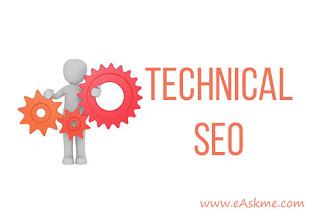
Technical SEO is one of the big reasons why most of the sites fail to rank on first page of Google.
You should understand the wrong or complex technical structure of your site can cause issues with better user experience.
Technical SEO is the base of SEO strategies. Without effective technical SEO you cannot meet your SEO goals.
Crawlability:
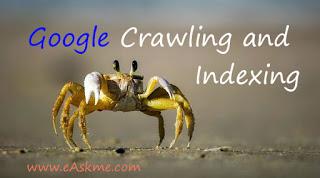
To get indexed in Google, you need to make sure that Google crawl your site faster. Search engines only crawl the links from your sitemap and from your homepage.
Interlinking will also help you in better crawling and indexing of your content.
There are few things that you need to understand.
- Crawl budget means how many pages of your blog or website search engine crawls in one session
- Crawl rate means how many pages per second crawled by search engine.
- Crawl demand means how quickly search engine crawl your site.
If you have a huge site then crawl budget is a major concern for you.
Crawl budget is there for you to plan which pages you want to prioritize and indexed faster.
How to optimize crawling:Security:
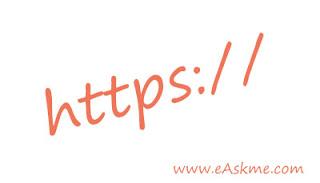
Since 2014, Google has started giving importance to HTTPS over HTTP.
HTTPS are known as secure sites as all the transactions on such site happen in encrypted format.
You can call it a soft ranking factor.
Many times you may find mixed content where http and https both are available on your site. This can cause SSL issues.
How to optimize site security:
Clean URL's

Clean URL's on your website or blog.
Try to get rid of 200 error code and broken links.
This will help you improving user experience and boost crawling.
How to optimize your site with clean URLs:
Interlinking:

I have already shared the benefits of interlinking.
Interlinking is also important for SEO to boost;
Internal linking is really important to show the way to a visitor of old yet interesting or related articles.
It can be difficult for a huge website to maintain strong internal linking structure.
Deep links:
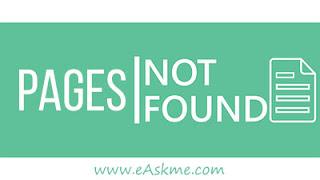
Since the beginning of SEO, deep linking work as an important part of SEO strategies.
To make sure that your orphaned pages get indexed, it is necessary link them from a high authority page.
Internal linking helps your old or low authority pages to gain power from high authority content.
It also opens the doors for the user to visit more related pages.
How to optimize your site for deep links:
- Find out orphaned pages.
- Strategically link them from high authority page.
Hierarchy:
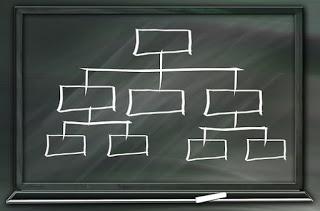
Hierarchy is something where most of the sites and businesses lack in terms of SEO.
You should design the page in hierarchy.
Create topic tree to make it easy for search engine to understand the important content.
How to optimize site for hierarchy:
- Research user intent
- Use LSI and exact match keywords
- Use links and breadcrumbs in footer.
Mobile Responsiveness:

Google is more focused on mobile-first index. It is necessary that you should make your site mobile friendly.
Google want you to optimize your site according to mobile-first index.
Take care of different device dimensions to create mobile friendly design.
How to optimize site for mobile responsiveness:
Final Words:
There are 200+ ranking factors and it is not possible for you to cover all of them.
The wise decision is to take care of the foundation of SEO.
Follow the above points to have a strong SEO foundation.
SEO is changing and it will keep on changing due to the Google algorithm updates.
Just stay tuned with us to get latest updates.
If you find this article interesting, don't forget to share it on Facebook, Twitter with your friends and family.
Don't forget to like us FB and join eAskme newsletter to stay tuned with us.
Top rated SEO guides for you;

